Understanding Injection Quills in Piping
Injection Quill In Piping is a specialized device used in piping systems to introduce liquids directly into pipelines or vessels. These quills are essential for ensuring that the injected fluid mixes thoroughly with the process stream without causing damage or erosion to the pipe wall. Typically, the quill extends into the pipe or vessel, allowing for more effective dispersion of the injected liquid across the flow stream.
Function and Design of Injection Quills
The primary function of an injection quill is to inject chemicals or additives into a flowing stream of fluid in a controlled manner. The design of an injection quill typically includes a long, narrow tube that penetrates the pipeline or vessel. At the end of this tube, a nozzle disperses the injected substance. This setup helps to prevent the concentrated stream of chemicals from impinging directly on the pipe walls, thus reducing the risk of corrosion or erosion.
Selection Model of Injection Quill In Piping
| Model | |||||||||||||||||||||||||||
| SI | Chemical Injector Quill | ||||||||||||||||||||||||||
| -Code | Plug | ||||||||||||||||||||||||||
| Pxxx | Type | Material | Sealing Material | ||||||||||||||||||||||||
| 0 | No Request | 0 | CS | 0 | No Request | ||||||||||||||||||||||
| 1 | Hollow Plug Body | 1 | 316SS | 3 | DSS | 1 | Viton O-Ring / PTFE Primary Packing | ||||||||||||||||||||
| 2 | Solid Plug Body | 2 | 316LSS | 4 | INCONEL | 2 | HNBR | ||||||||||||||||||||
| – Code | Injection Nut | ||||||||||||||||||||||||||
| Nxx | Connection Size | Material | |||||||||||||||||||||||||
| 0 | i.e. No Request | 0 | i.e. CS | ||||||||||||||||||||||||
| 1 | i.e. 1/4″ | 1 | i.e. 316SS | 3 | i.e. DSS | ||||||||||||||||||||||
| 2 | i.e. 1/2″ | 2 | i.e. 316LSS | 4 | i.e. INCONEL | ||||||||||||||||||||||
| – Code | Injection Tube | ||||||||||||||||||||||||||
| Sxxx-Lx″ | Connection Size | Material | Nozzle | Line size(x″) | |||||||||||||||||||||||
| 0 | No Request | 0 | CS | 0 | i.e. No Request | The most effective position for injection is generally at the center of the pipe | |||||||||||||||||||||
| 1 | i.e. 1/4″ | 1 | i.e. 316SS | 1 | i.e. Open | ||||||||||||||||||||||
| 2 | i.e. 1/2″ | 2 | i.e. 316LSS | 2 | i.e. Quill | ||||||||||||||||||||||
| 3 | i.e. DSS | 3 | i.e. Cap & Core | ||||||||||||||||||||||||
| 4 | i.e. INCONEL | ||||||||||||||||||||||||||
| – Code | Nipple and Valve(or end Flange)of Tee | ||||||||||||||||||||||||||
| Txx | Connection Size | Material | |||||||||||||||||||||||||
| 0 | i.e. No Request | 0 | i.e. CS | ||||||||||||||||||||||||
| 1 | i.e. 1/4″Nipple | a | i.e. 1/4″Nipple and Valve | 1 | i.e. 316SS | ||||||||||||||||||||||
| 2 | i.e. 1/2″Nipple | b | i.e. 1/2″Nipple and Valve | 2 | i.e. 316LSS | ||||||||||||||||||||||
| 3 | i.e. 3/4″Nipple | c | i.e. 3/4″Nipple and Valve | 3 | i.e. D SS | ||||||||||||||||||||||
| 4 | i.e. 1″Nipple | d | i.e. 1″Nipple and Valve | 4 | i.e. INCONEL | ||||||||||||||||||||||
| 5 | i.e. 1/4″Flange | e | i.e. 1/4″Nipple end Flange | ||||||||||||||||||||||||
| 6 | i.e. 1/2″Flange | f | i.e. 1/2″Nipple end Flange | ||||||||||||||||||||||||
| 7 | i.e. 3/4″Flange | g | i.e. 3/4″Nipple end Flange | ||||||||||||||||||||||||
| 8 | i.e. 1″Flange | h | i.e. 1″Nipple end Flange | ||||||||||||||||||||||||
| For Example, SI-P221-N12-S122-L4″-T22 | |||||||||||||||||||||||||||
Key Benefits
Improved Dispersion: The quill’s design achieves broader, more uniform chemical distribution, essential for precise dosing and thorough mixing.
Enhanced Safety: By injecting into the flow’s center, quills minimize corrosion risks and enhance safety.
Protection of Equipment: Injection quills prevent direct chemical impact on pipeline walls, extending infrastructure lifespan.
Installation Considerations
When installing an injection quill, it is important to consider the following:
Position it where the flow is turbulent enough to ensure good mixing yet stable enough to prevent mechanical stress. Ensure the quill’s materials are compatible with the injected chemicals and the pipeline’s construction material to avoid corrosion.
Maintenance Access: Ensure that the quill is accessible for regular maintenance and inspections to verify its condition and functionality.
Applications and Benefits
Injection quills are commonly used in water treatment facilities, oil and gas operations, and chemical processing plants. They are particularly useful for introducing corrosion inhibitors, scale preventatives, or other chemical treatments into a system. Using an injection quill improves the mixing of chemicals. It enhances safety by reducing exposure to hazardous chemicals. It also extends the lifespan of the pipeline or vessel. This extension results from reduced wall stress.
Injection quills are used in a variety of industries including:
Oil and Gas: For the injection of corrosion inhibitors, demulsifiers, and other treatment chemicals.
Water Treatment: For the precise dosing of disinfectants and pH adjusters.
Chemical Processing: For controlled addition of reactants and catalysts.


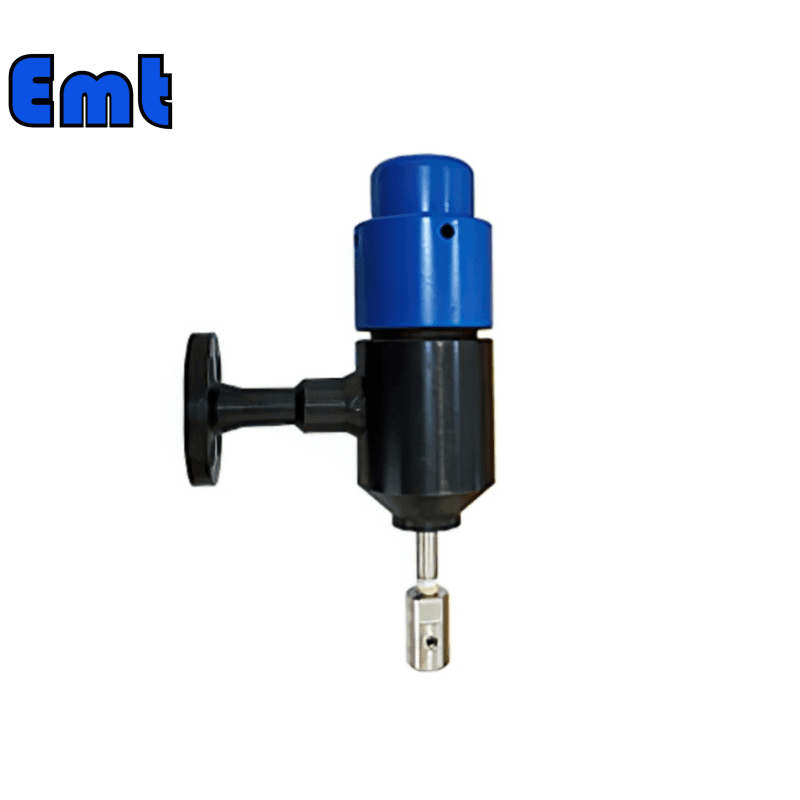
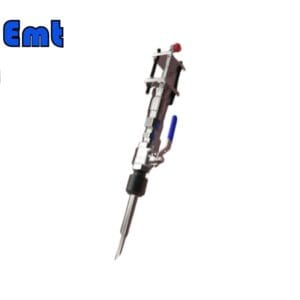
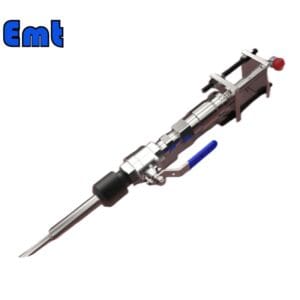
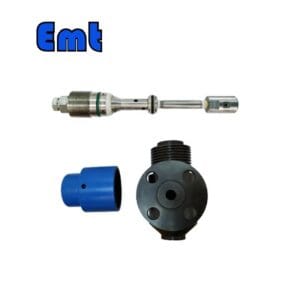
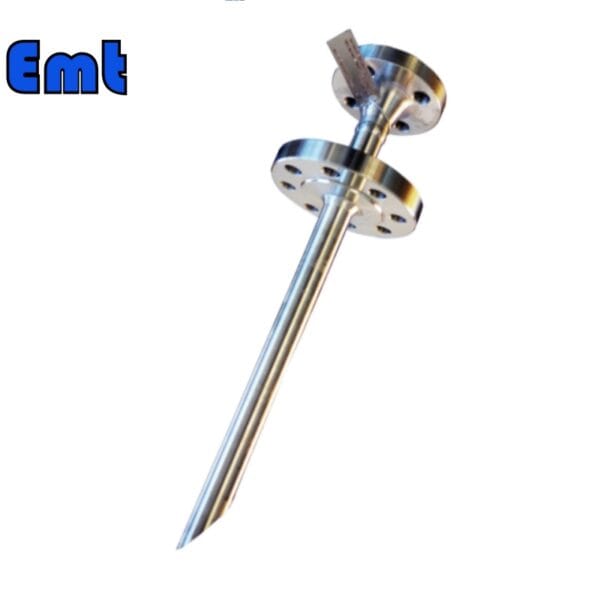
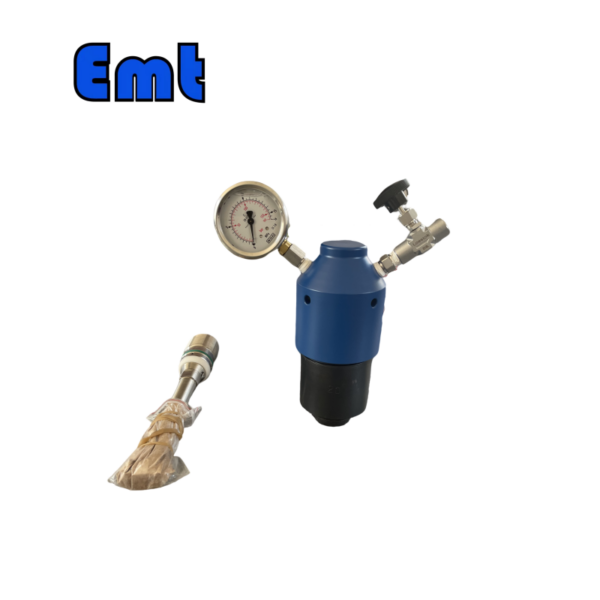
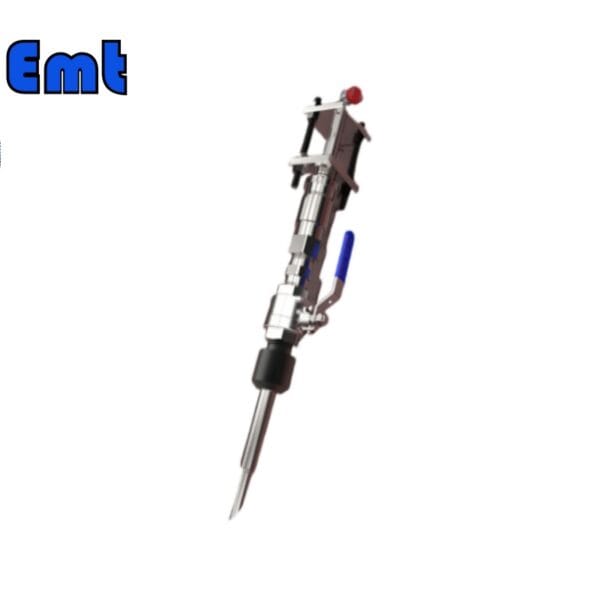
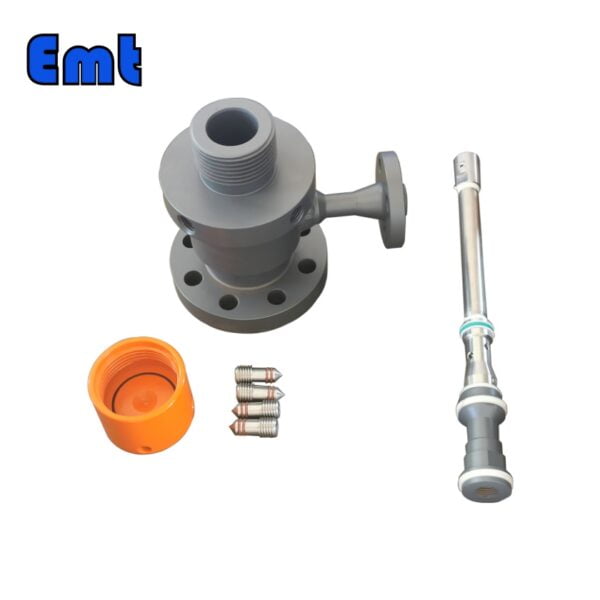
There are no reviews yet.